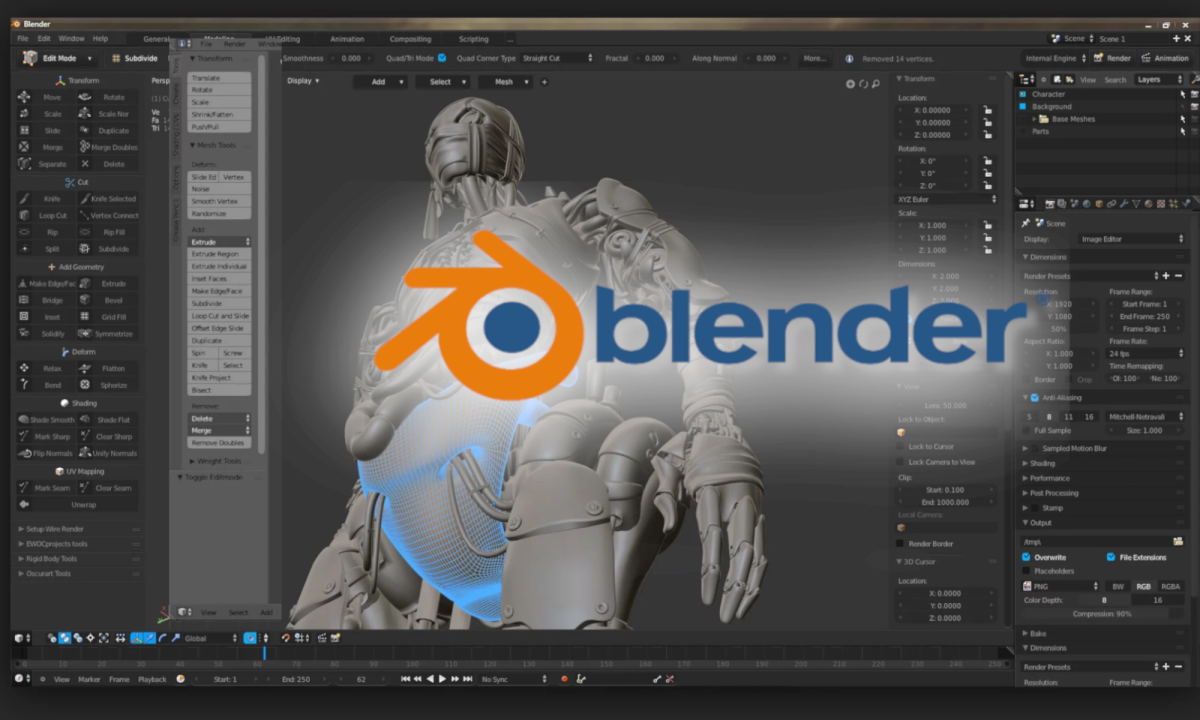

I understand, that this can be interpreted as GPL compatible in the sense that - using the wording of the Free Software Foundation - both the closed-source OctaneRender Server and the Blender Octane Render edition developed by OTOY communicate “at arms length”. Such a way GPL is not violated by OctaneRender® for Blender Plugin: as the source-code of Blender – OctaneRender® edition (which is under GPL) is available for users of the Plugin, and the source-code of Otoy‘s proprietary closed-sourced OctaneServer® does not need to be published, as OctaneServer® is not linked to Blender and works with render-clients through TCP/IP communication. The module collects the Blender® scene data and communicates with the OctaneServer® as the client by sending the data to the server, getting the rendered image from it, and showing that image to you.

The Blender – OctaneRender® edition is the special compilation of Blender®, which includes the internal OctaneRender® module. OctaneServer® is the server for getting the TCP/IP render-commands and scene data from the client, rendering the scene, and returning the rendered image to the client.

#OCTANE RENDER BLENDER FULL#
The full Blender – OctaneRender edition®.To conform to GPL rules, the OctaneRender® for Blender® plugin consists of two parts: OctaneRenderer by OTOY is cited as one example. There, it is clearly stated that making bridges to proprietary software is allowed, if the bride itself is put under a GPL compatible license. I now stumbled across a blog post from 2019 published by Ton Rosendaal. I am currently reading a lot about GPL and add-on development to understand, what is allowed and what not.


 0 kommentar(er)
0 kommentar(er)
